Homemade bread is unbeatable when it comes to that all-important trifecta of taste, aroma, and cost. Home bakers face many questions when starting on their journey to bread perfection, though. Given metal's reputation for being reactive, you may wonder if it's safe to mix and knead your bread dough in metal bowls.
Stainless steel is non-reactive, and stainless steel bowls are perfectly safe for mixing and rising your bread dough. It is more important to make sure your bowl is large enough to allow your dough to increase in size as it rises.
Please keep reading as we'll look more in detail at how to use stainless steel bowls and other equipment to create the perfect loaf, whatever kind of bread you're making.
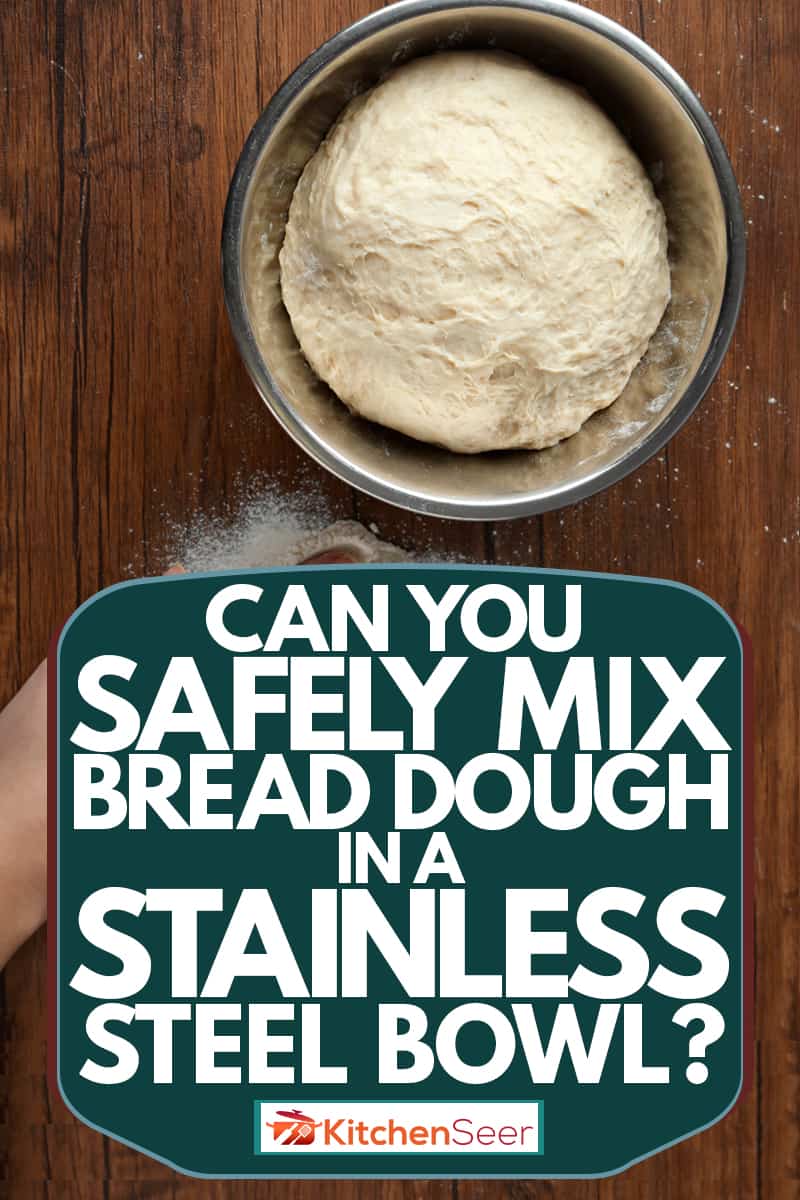
What materials are safe for rising dough?
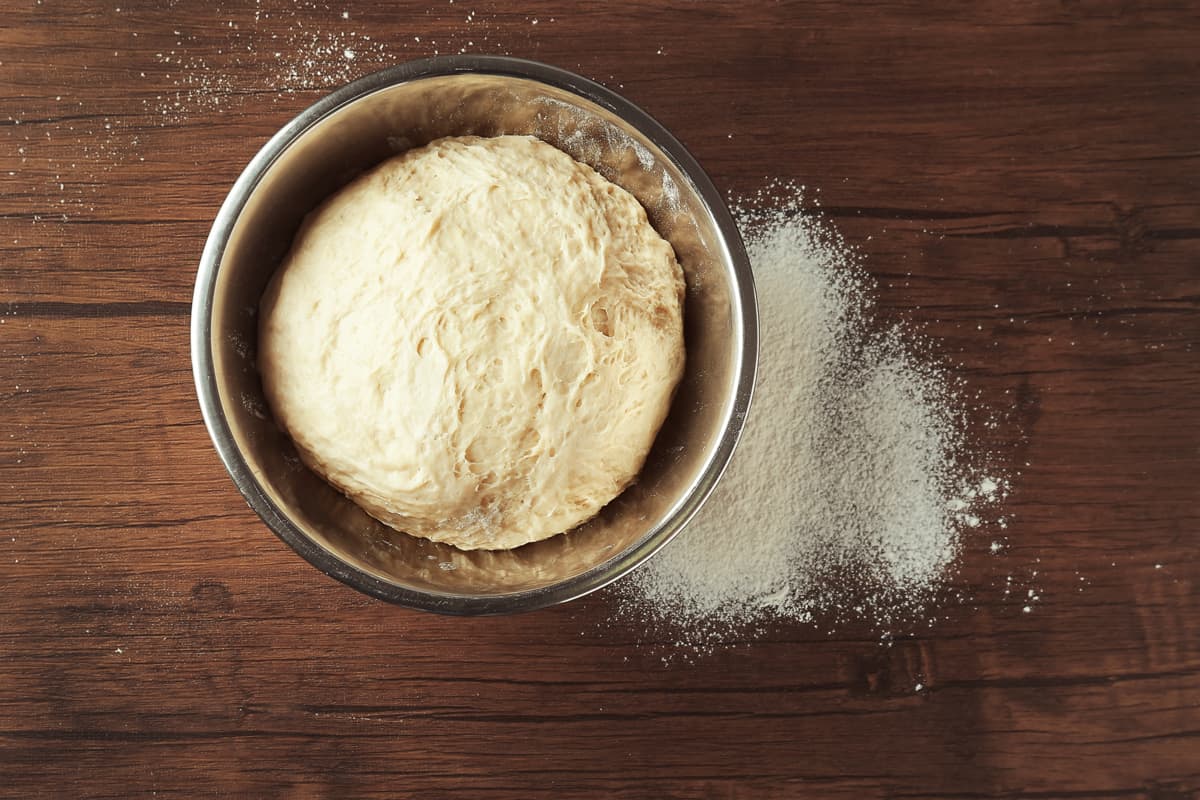
Stainless steel, glass, plastic, and crockery are all good options for rising your dough. We recommend avoiding copper and aluminum bowls, especially for rising, as they are more reactive and may leach into your dough. Copper, in particular, has been shown in research to be toxic to yeast and may affect your dough's ability to rise properly.
Stainless steel is safer than these other metals because it is less reactive. Stainless steel is an alloy made of iron and a minimum of 10.5% chromium to prevent rusting. Most kitchen stainless steel equipment is made using type 304 or 316, which are higher in chromium content and contain nickel. Chromium and nickel are known to cause dermatitis in people with allergies, but stainless steel cookware is safe even in such cases.
What type of bowl is best for dough to rise?
The bowl you use can have an impact on your bread and your process for making it. A good rule of thumb is the bigger, the better. A bigger bowl will ensure you have enough room for the dough to rise and will also give you room to handle and knead the dough inside the bowl.
Stackable mixing bowls are great options because they take up less space in your kitchen and have lids you can use while rising your dough. Options like the one below will come with bowls large enough for even multiple loaves and bulk fermentation, as well as smaller bowls that can be used for mixing and serving whatever you're cooking up.
Click here to see them on Amazon.
Getting the right temperature
When it comes to rising your dough, the two most important factors will be time and temperature. While the bowl you choose to use can be made from a range of materials, stainless steel does have some advantages. The ideal temperature for yeast is about 75°F to 78°F, below the most kitchens' temperature. If you are using a stainless steel bowl, it is easy to warm the bowl up with warm (not hot) water before mixing your dough in it. Just be sure to dry off your bowl first, so you don't accidentally add too much water to your dough.
Other ways to help keep your dough at the right temperature include:
- keeping your dough in the oven with just the light on
- heating water in a microwave-safe dish in your microwave, then keeping your dough inside the microwave
- using a heating pad, insulated with some kitchen towels, and keeping your dough on top.
Be sure to check out our article, "Can Dough Rise In A Plastic Bowl? It has great information on using plastic bowls as well as other useful tips for rising your dough.
What is the best container for proofing dough?
So far, we've looked at the initial rise for our dough, sometimes referred to as first or bulk fermentation. Most recipes also include a second phase, known as final fermentation or proofing. The containers used for proofing will vary depending on the kind of bread you are making.
Pan Loaves
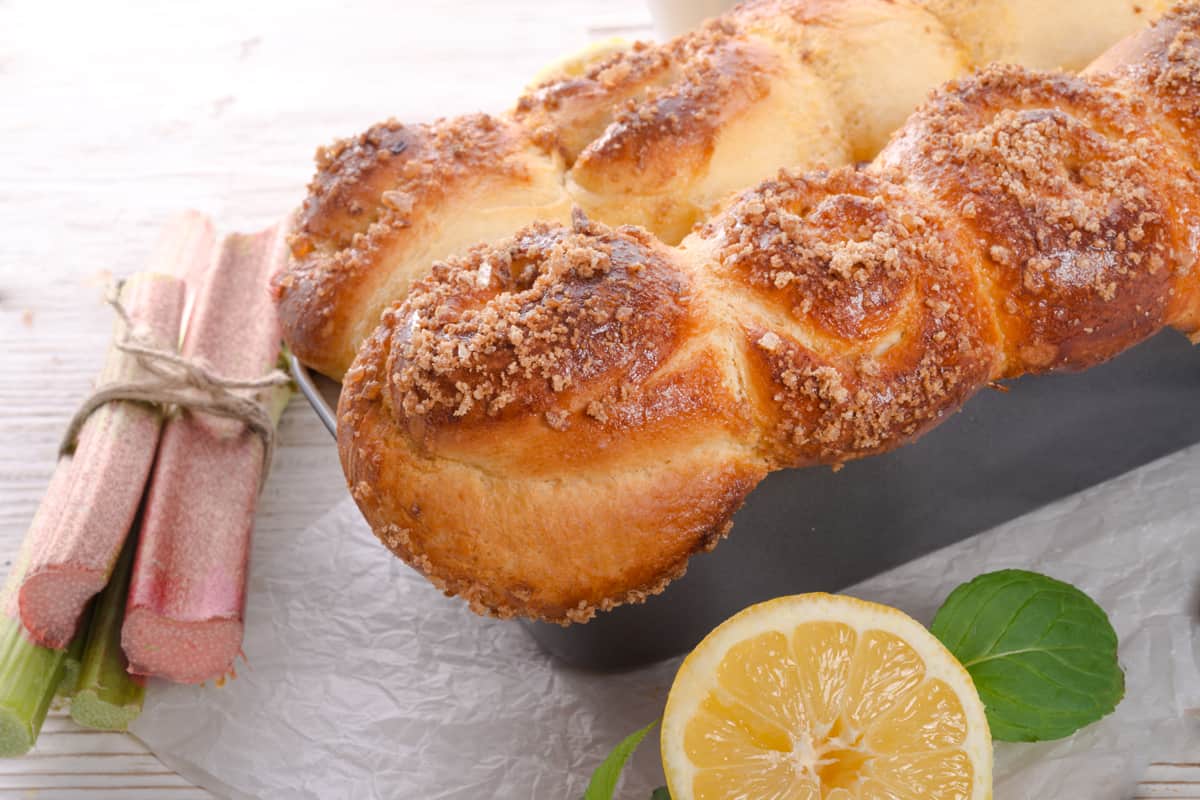
From familiar sandwich bread to enriched brioche loaves, many of the most popular loaves of bread are or can be proofed and baked in pans.
The most familiar type is open-top pans. They're the rectangular pans you most likely already have lying around your kitchen somewhere, even if you have never made bread before. They can be made of many materials that will be safe for proofing your dough. You will sometimes see disposable aluminum pans in this form too. They are safe to cook in, but may affect your bread's taste and quality if you proof the dough in them.
Click here to see this non-stick, open-top pan on Amazon.
If you're making sandwich bread and want a more consistent shape and crumb to your loaf, you may prefer to use a Pullman or pan de mie pan. These pans have lids that prevent the dough from overflowing the form of the pan and also stop large bubbles from forming in the bread. And, of course, you can simply leave the lid off and use it as a standard bread pan.
Click here to see it on Amazon.
You can read more about Pullman pans here: Seven Bread Pans with Lids.
Free-Form Loaves
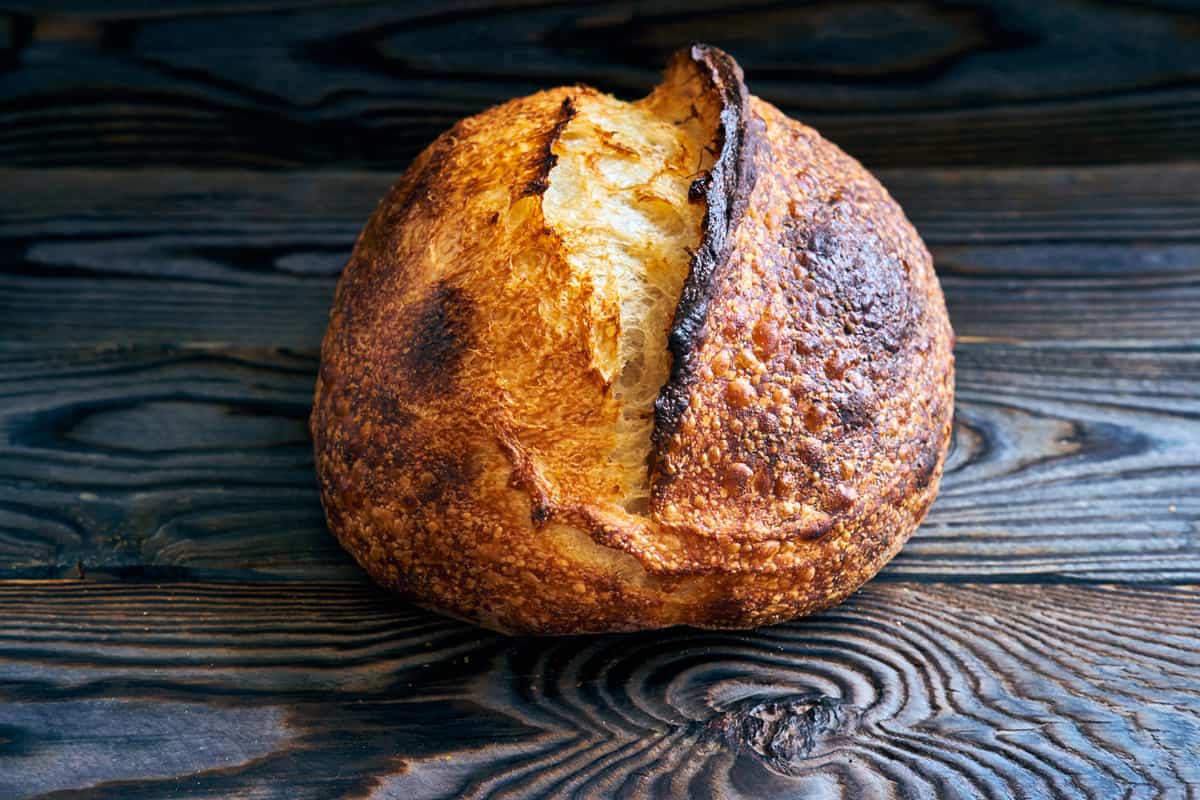
Often freeform loaves, such as the round boules or oval batards, go through their final proofs in rattan baskets called "bannetons." They help hold the forms of high-hydration doughs that go through longer final proofs, such as artisanal sourdough loaves. They can be used either floured directly, in which case your crust will also have the patterned lines from the baskets, or with a floured linen lining.
This set comes with both boule and batard bannetons, linen linings, a dough scraper, and a lame (a razor used to cut slits in the dough right before baking):
Click here to see the set on Amazon.
Can you let the dough rise in a mixer bowl?
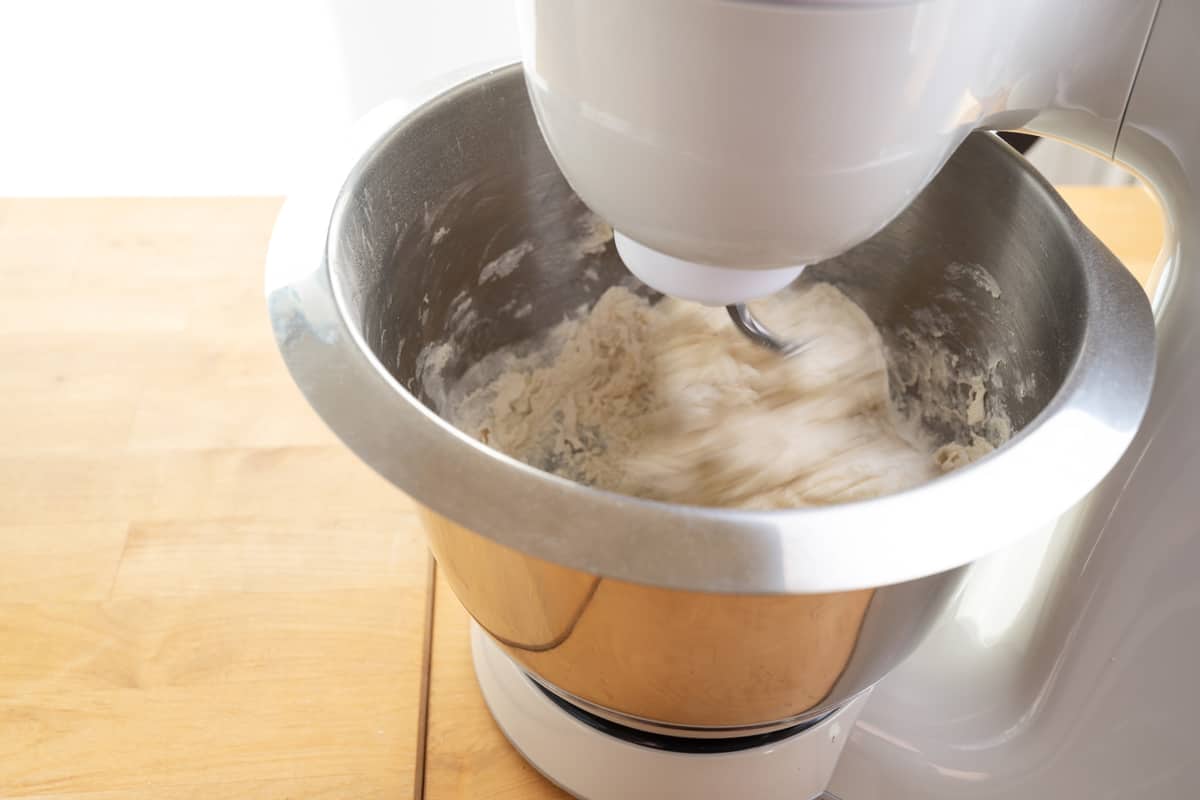
Kneading dough by hand is a great way to get a workout in the kitchen, but if you're looking to save a little time and energy, a stand mixer is a versatile and valuable ally.
The most popular brands of stand mixers, such as Kitchenaid and Cuisinart, come with dough hooks and stainless steel or glass bowls. These bowls are non-reactive, which means they are safe for rising dough, and the dough hooks are perfect for kneading dough. In fact, many commercial bakeries use mixers that follow the same principles as the dough hooks.
Click here to see the KitchenAid stand mixer on Amazon.
What do you cover dough with when rising?
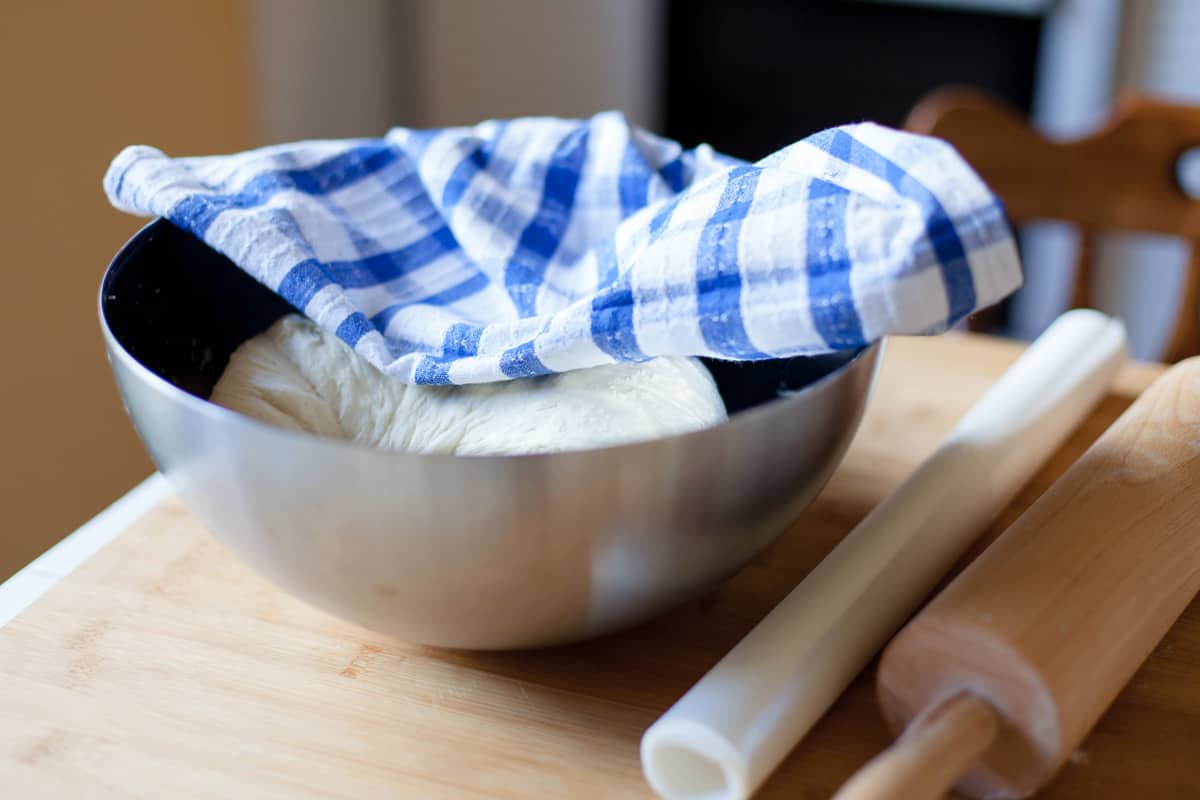
While sitting to rise, the surface of bread can dry out, especially if exposed to a draft. To prevent this, most recipes ask you to cover your dough as it rises. The old-fashioned method for covering dough involves getting a kitchen towel damp and placing it over the bowl. This method works well for short rises, but you will have to check the towel for longer rises to make sure it's still damp.
The more common method these days is to use plastic wrap. Some people like to spray their wrap with water or oil before putting it over the bowl to get a tighter seal. The gas released by the yeast may build up some pressure, which may cause the plastic wrap to bulge a bit, but it is also effective for keeping the dough moist. The main downside to this method is the increase in waste.
If your mixing bowl has a lid, you can use that to cover it. We recommend not completely sealing the lid, as the pressure in the bowl may cause it to pop off if completely sealed.
Another solution that's been gaining popularity is using reuseable plastic covers with elastic edges. They may look like shower caps, but they are the perfect cover for your rising dough and reusable, saving on needless waste.
Click here to see them on Amazon.
Can I bake bread in stainless steel?
Many great stainless steel products exist for baking bread. There are high-quality bread pans, both open-top and Pullman pans, made from stainless steel that are perfect for making lovely loaves. There are even stainless steel baking "stones" to make all your artisanal boules, baguettes, and pizzas on, like this one from NerdChef:
Click here to see this baking steel on Amazon.
You may have also come across some bread recipes that call for baking bread in bowls, such as the peasant bread from King Arthur flours.
Before baking in your stainless steel bowl, however, double-check that it is oven safe. Some stainless steel bowls have rubber handles or bottoms that should absolutely not go into a hot oven. Even bowls that are all stainless steel may be too thin and warp in the oven.
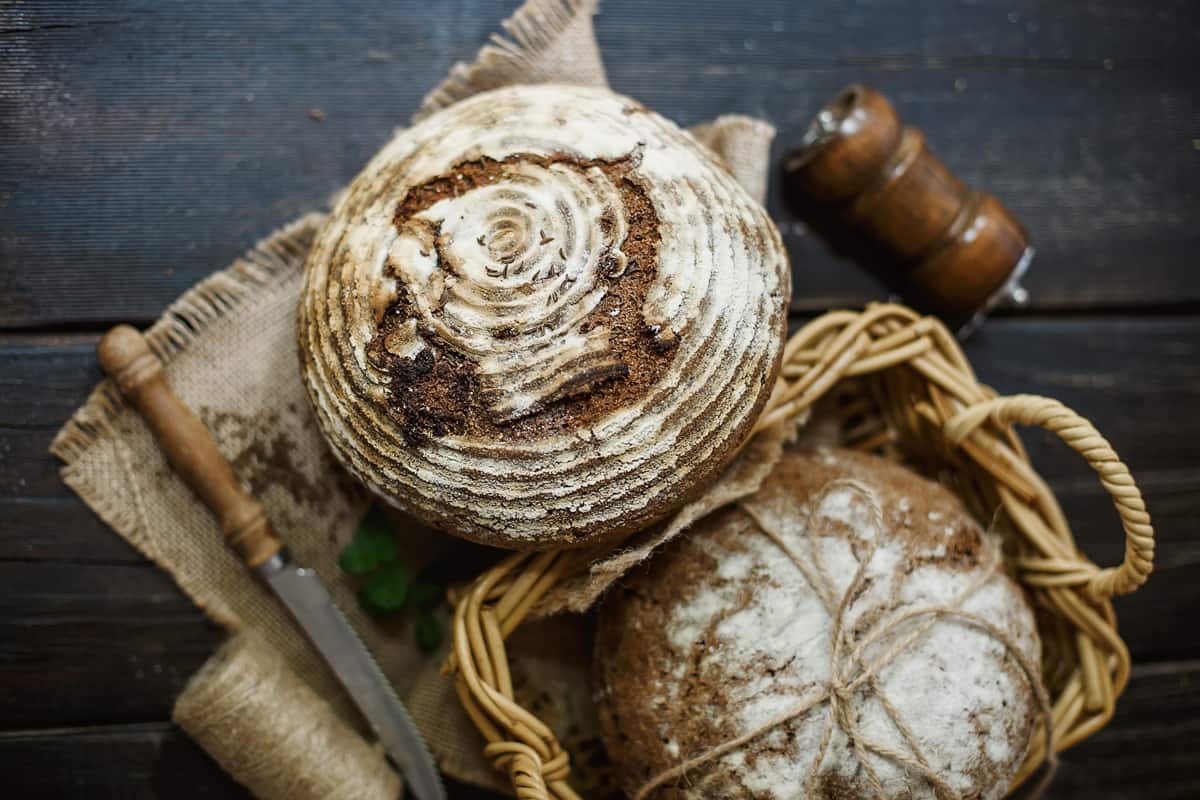
Final Thoughts
Making bread at home is a rewarding and nourishing experience. There are many factors the bread-maker must consider to get the best loaves, but we are happy to report that the use of stainless steel is not one you need to worry about. Using the right products, you can mix, knead, proof, and bake your bread safely in stainless steel. Happy baking!








![A pink plastic bowl with a fresh yeast dough slowly rising inside, Can Dough Rise In A Plastic Bowl? [And what to do if it doesn't]](https://kitchenseer.com/wp-content/uploads/2020/10/A-pink-plastic-bowl-with-a-fresh-yeast-dough-slowly-rising-inside-250x250.jpg)

![Baker man hands breadmaking kneading bread dough, How Long To Knead Bread [By Hand And In A Mixer]](https://kitchenseer.com/wp-content/uploads/2021/03/Baker-man-hands-breadmaking-kneading-bread-dough-250x250.jpg)
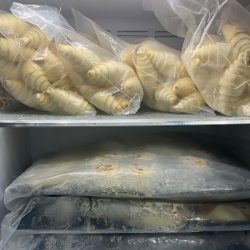

![Cooking dough for pastries with a rolling pin on the back, How To Store Bread Dough Overnight [A Complete Guide]](https://kitchenseer.com/wp-content/uploads/2021/09/Cooking-dough-for-pastires-with-a-rolling-pin-on-the-back-250x250.jpg)